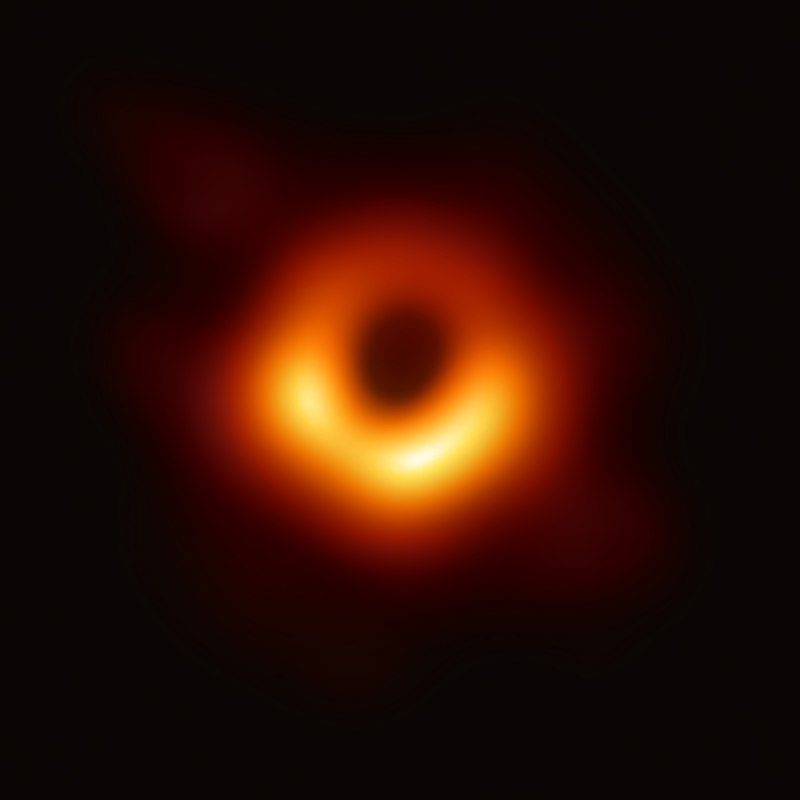Ridley Scott’s Alien might have you believe that there is no sound in space. Well, there’s no human scream the average able-bodied human can hear, but sound waves move through space, shaking the plasma across the stars and even across the galaxies. Sounds are, after all, mechanical waves, so a wave moving through a medium.
These soundwaves play a role in many celestial phenomena, but if we want to go for a record-breaker, we need to cast the mirrors of our observatories to a galaxy cluster 250 million light-years from Earth. The Perseus cluster is a collection of over 1,000 galaxies, but the one we are interested in lies at its very core. And it is a singer, of sorts.
The galaxy is known as NGC 1275 and it hosts a supermassive black hole with a mass 340 million times that of our Sun. This giant blows bubbles of plasma in the intergalactic medium and as they expand, they end up creating waves and ripples. And the periodicity of these waves, of about 9.6 million years, has created a musical note. The note in question is a B flat.
This is not a B flat that any human can hear. If you had a piano that could play it, you would have to go 57 octaves below middle C to ring this hypothetical key. The observations of these bubbles come from NASA’s Chandra X-Ray observatory. The plasma in them is so hot that it emits X-rays. And there is not just this incredible sound in the rippled ocean of plasma around NGC 1275. Researchers have also reported a “tsunami” wave almost twice as wide as the Milky Way, possibly caused by merging galaxies passing by.
NGC 1275 is not the only galaxy with a “singing” supermassive black hole. There is also M87, which is closer (53 million light-years) and much bigger. If the words M87 and black holes ring any bells it is because the truly enormous celestial object was the first ever black hole imaged by the Event Horizon Telescope. The supermassive black hole is in technical terms a hefty chonk, weighing a whopping 6.5 billion times the mass of the Sun.

The supermassive black hole at the center of M87. Image credit: Event Horizon Telescope collaboration.
And just like its leaner counterpart in the Perseus cluster, it creates waves. These waves are producing circular rings of X-rays centered around the supermassive black hole. They vary in pitch, with waves corresponding to 56 octaves below middle C to up to 59 octaves. But as talent goes, M87 is no match for NGC 1275. M87 is definitely off-key, despite being able to go deeper.
So, the true star, the one with the celestial X-factor, is the one and only supermassive black hole residing at the very heart of the Perseus cluster.
Source Link: A Giant Is Producing The Lowest Musical Note In The Universe